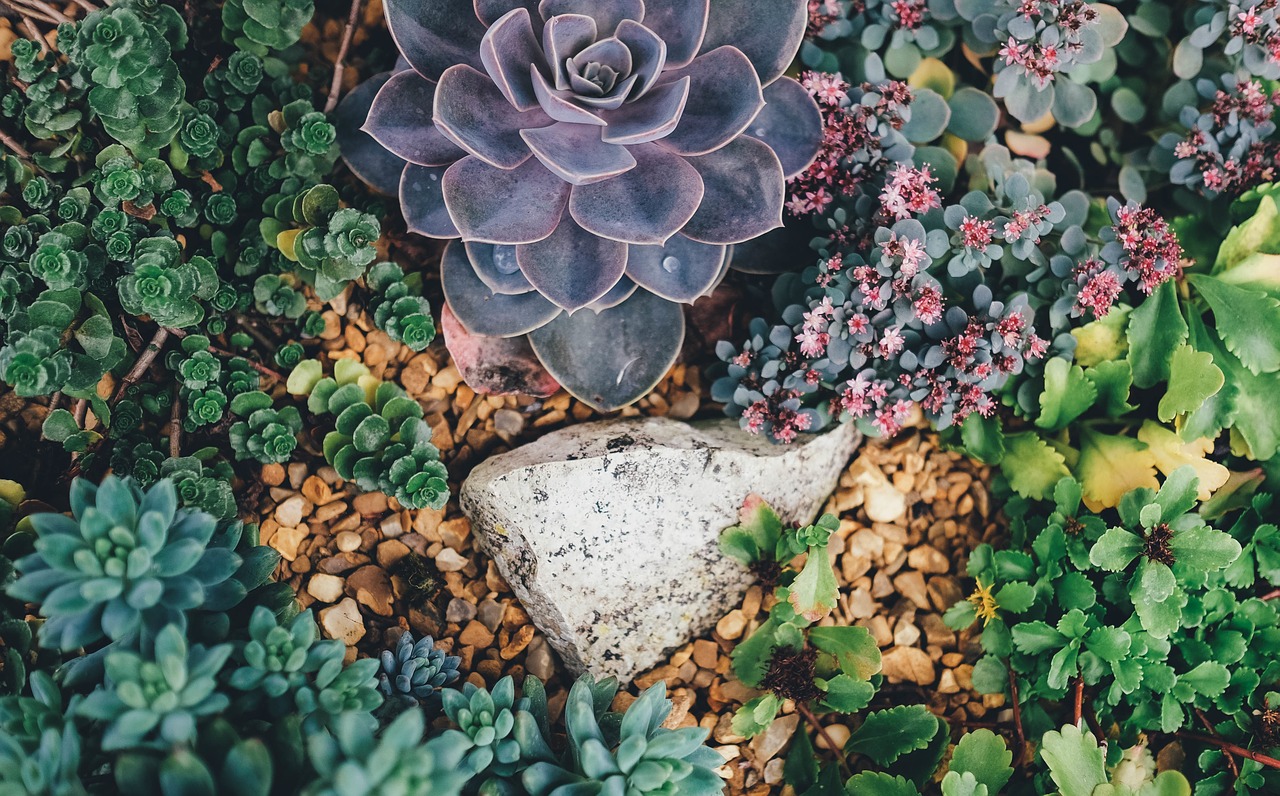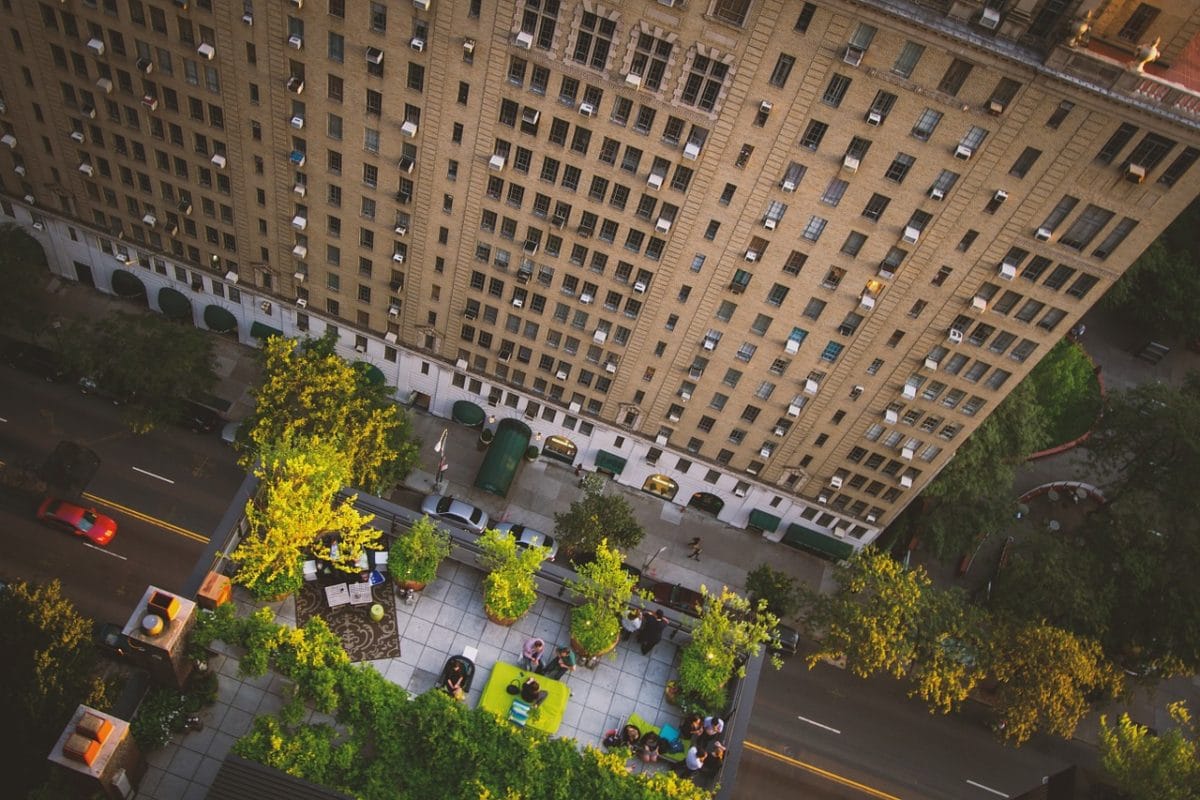
[Photo: Unsplash/Pixabay]
It’s no secret that the world of green building is growing, both commercially and residentially. And while the U.S. has been slow to incorporate it in the past, that’s rapidly changing as the quality and availability of products to support green building continues to improve.
Most recently, more consumers and commercial establishments have embraced green building features because of the significant long-term savings they offer when it comes to maintenance and energy costs. The demand for green design is also challenging architectural product suppliers to come up with high-quality, cost-effective, sustainable alternatives, and among those are green roof systems, also known as living roofs.
How Green Roofs Work
Green roofs solve a couple of problems. We all know many urban areas struggle to drain excess rainwater. Traditional underground pipes that connect to a sewage system have not been able to keep up with the number of buildings, resulting in flooding and creating runoff that may carry harmful elements into natural water systems. Additionally, cities have many dark surfaces that absorb heat and tend to be hotter than less urban environments. This leads to heavy air conditioner use and increases the energy costs to a city dweller.

[Photo: Malarkey]
These issues have thus given rise to the green roof, an increasingly exciting development that can be built on top of the home or virtually any building.
Green roofs provide many advantages over a conventional roof system, including:
- Immediate water runoff can be reduced by 50–90%, greatly reducing drainage flow rates
- They not only retain rainwater, but also moderate the temperature of the water and act as a natural filter for any water that happens to run off
- Protect the building from climate extremes, UV exposure, and physical damage
- Reduce the urban island heat effect as the plants absorb light
- Prolong the service life of HVAC systems through decreased use
- Vegetation helps to filter out dust and smog particles
- Natural sound insulators, absorbing more sound than hard surfaces
Solar-reflective shingles or specially engineered asphalt roofing shingles that can reflect solar rays and reduce the heat entering the interior are a popular option for cool roofs. However, green roofs offer brilliant insulation, too. As roofs are the sites of the greatest heat loss in the winter and the hottest temperatures in the summer, green roofs help both keep the heat in and the cold out. The great insulation offered by green roofs can reduce the amount of energy needed to moderate the temperature of a building.

[Photo: Annie Spratt/Pixabay]
In our increasingly dense cities, green roofs also offer urban agriculture and horticultural therapy and offer a green space to get away and relax. Green roof systems are being used to grow food and create natural recreational spaces in many cities, and some commercial businesses are using green roof spaces for dining and relaxation areas.
How Green Roofs are Built
Green roofs can be used in architectural designs to complement any building exteriors, whether modern, minimalist, or rustic. They’re are a good match to uncomplicated outside wall finishes or exterior wood claddings for added character.
When building a green roof, concrete is the underlying structural system of choice, as it provides a continuous load-bearing surface for the potentially moist growing medium and plants. Cast-in-place concrete provides a uniform surface and can be used to create the sloping deck of a vegetated roof system. In addition, structural lightweight aggregate can be used as a lightweight, absorptive portion of the growing medium.
Green roof components arranged on top of the concrete surface include a root barrier, protection mat, moisture retention fabric, drainage mats/plates/troughs, filter sheets, and drought-resistant, robust plants. Typical plants grown in a green roof are a combination of succulents and low growing bushes and trees.

